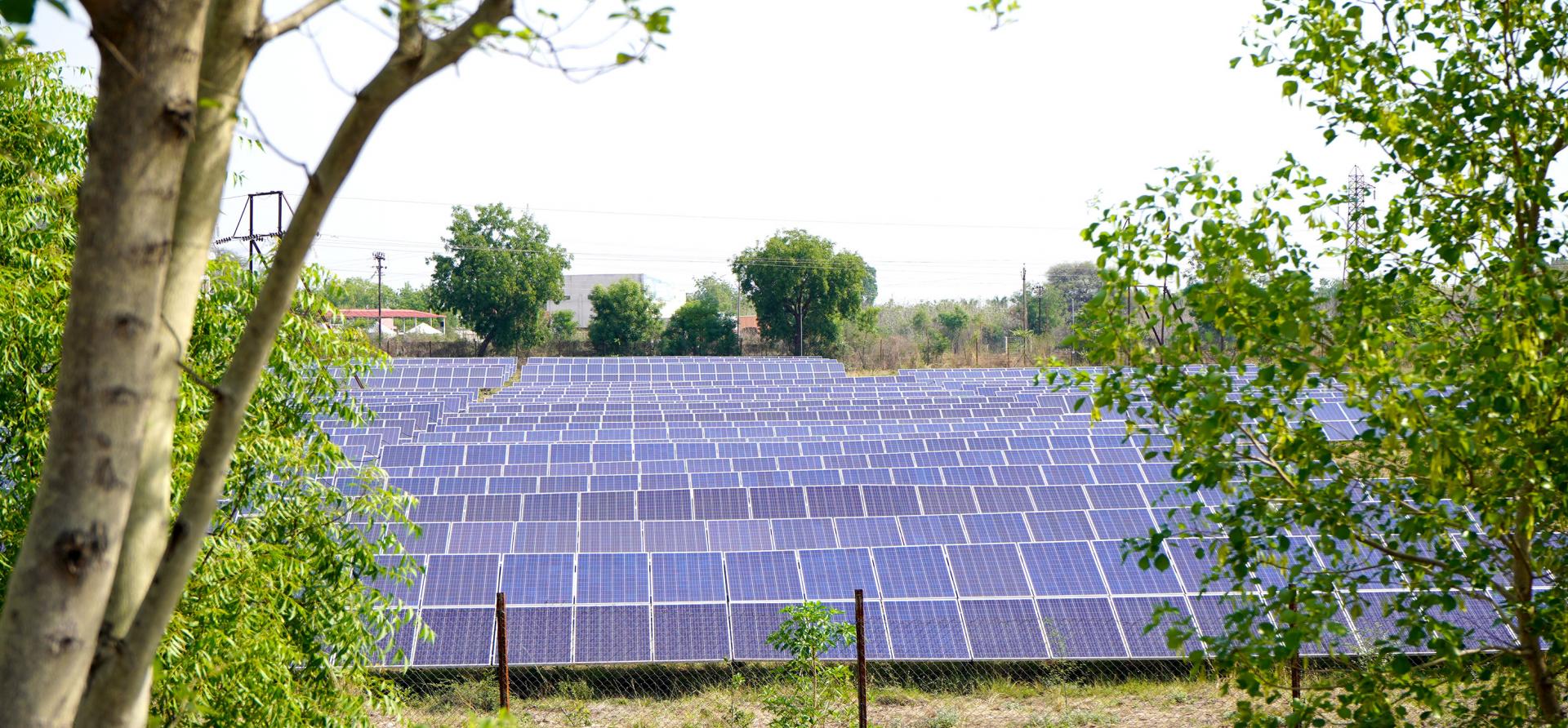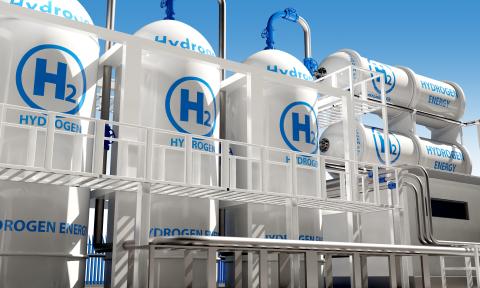India's renewable energy open access market: Trends and outlook
Download Full Report
View Press Release

Key Findings
Despite regulatory and non-regulatory challenges, India’s renewable energy open access market will continue to grow organically.
The lack of central and state tender activity has led many utility-scale project developers who only sold electricity to DISCOMs to venture into this space.
The central government’s recent Green OA Policy is likely to revolutionise India’s renewable energy open access market if states implement it in a timely and efficient manner.
Executive Summary
The renewable energy open access (OA) market is growing in almost all key renewables-rich states. Nearly two-thirds of the current 10 gigawatts (GW) renewable energy OA capacity came online in the last five years.
Increasing awareness and demand from commercial & industrial (C&I) customers was a key driver of growth. The central government’s Green OA Policy in 2022 was a significant positive regulatory development for the renewable energy OA market. However, state-level hurdles such as delayed approval of projects, withdrawal of waivers on various charges for OA projects and increased penalties for power schedule deviation, continue to affect the market.
We believe the correct and timely implementation of the Green OA Policy by the states will help ease some of these issues. Overall, we expect the renewable energy OA market to keep growing and be a major contributor to India’s clean energy target of 450GW by 2030.
The renewable energy open access market has grown to about 10GW from 300MW in 2009.
With the falling costs of clean power and the decarbonisation goals of C&I consumers, uptake of renewable energy open access (OA) electricity has continuously increased.
From around 300 megawatts (MW) in 2009, the market size of renewable energy OA grew to ~10 gigawatts (GW) by the fiscal year (FY) 2022. Two-thirds of the 10GW capacity came online in the past five years (FY2018-FY2022) alone.
C&I consumers procure OA power from three kinds of renewable energy plants – third-party owned, wholly owned (captive) or owned by a group of consumers (group captive). Of late, state-level OA waivers have made group-captive the most financially viable option for procurement and, therefore, the most popular.
Lately, several independent power producers (IPP) active in the utility-scale renewable energy market are vying to enter the OA market. Key reasons for their emergence include maturity of OA financing, increasing awareness of C&I consumers and slowing central- and state-level tender activity.
Despite several regulatory hurdles and price increases, the market has grown organically. In FY2022, landed costs for renewable energy OA projects increased in almost all the key renewables-rich states. This increase has been because of a combination of rising project costs (rise in solar module prices) and a hike in OA charges in the past year.
Continued growth of the open access market depends on policies and the regulatory environment at both the central and state level.
The OA market growth in India depends on policies and the regulatory environment at both the central and state level. Last year saw some positive developments in terms of regulations even as a few hurdles persist.
The Green OA Policy, issued in June 2022, has the potential to completely reform the renewable energy OA market landscape. The policy provides long-term clarity regarding OA charges and banking as well as reduces the eligibility limit to make green OA more accessible to C&I consumers. Additionally, the Supreme Court ruling regarding additional surcharge (AS) was a big boost for the OA developers. This ruling provided relief to the developers from state authorities incessantly targeting the viability of captive/group-captive.
Despite these positive policy developments, hurdles, such as delays in the approval process for group-captive projects, remain. Other roadblocks include unfavourable banking provisions and increased penalties for deviation in power schedule.
Along with policy and regulatory hurdles, supply-side constraints have been significant headwinds for the Indian renewable energy OA market. Solar module prices have been increasing for the past 18-20 months owing to supply chain constraints and rising raw material prices, such as polysilicon, thus affecting the project viability.
In addition, India-specific challenges, such as the imposition of basic customs duty (BCD) of 40% on imported modules and paucity in domestic manufacturing capacity of high-wattage modules, are exacerbating an already worrying situation. An added risk is the forthcoming implementation of the approved list of models and manufacturers (ALMM) for OA developers from October 2022.
The wind-solar hybrid OA market is also becoming increasingly popular owing to its better capacity utilisation factor (CUF) and role in maintaining grid stability. Gujarat has the most favourable policy of all states with wind-solar hybrid installed capacities. Gujarat’s wind-solar hybrid policy, including the associated tariff framework, offers clarity regarding banking, OA charges, project design etc.
Developers also have new energy trading platforms specifically for the renewable energy market, i.e., green term ahead market (GTAM) and green day ahead market (GDAM). Green power markets (GTAM, GDAM etc.) have taken off in India, with 7,660 million units (MU) traded until April 2022. They provide an additional revenue stream and safety for the developers, especially in states with restrictive banking provisions or in case of delayed OA approvals. C&I consumers and developers are also actively exploring other business models, such as renewable energy+storage, virtual power purchase agreement (VPPA) and international renewable energy certificates (IRECs).
Correct and timely implementation of the Green OA Policy across states will be vital in unlocking India’s renewable energy OA potential. However, with electricity being a concurrent subject, litigation between the centre and states may be a hurdle during implementation.
All key states should implement a multi-year tariff structure in India to provide better long-term clarity to developers/investors. In addition, all states should ensure that they do not impose further restrictive measures on banking, at least until they achieve the central government’s renewable energy targets.
With the OA market steadily maturing in India and the increasing awareness of C&I consumers about green OA, we expect the market to grow further. The renewable energy OA segment will likely be a major contributor to reaching the national clean energy target of 450GW by 2030.



















